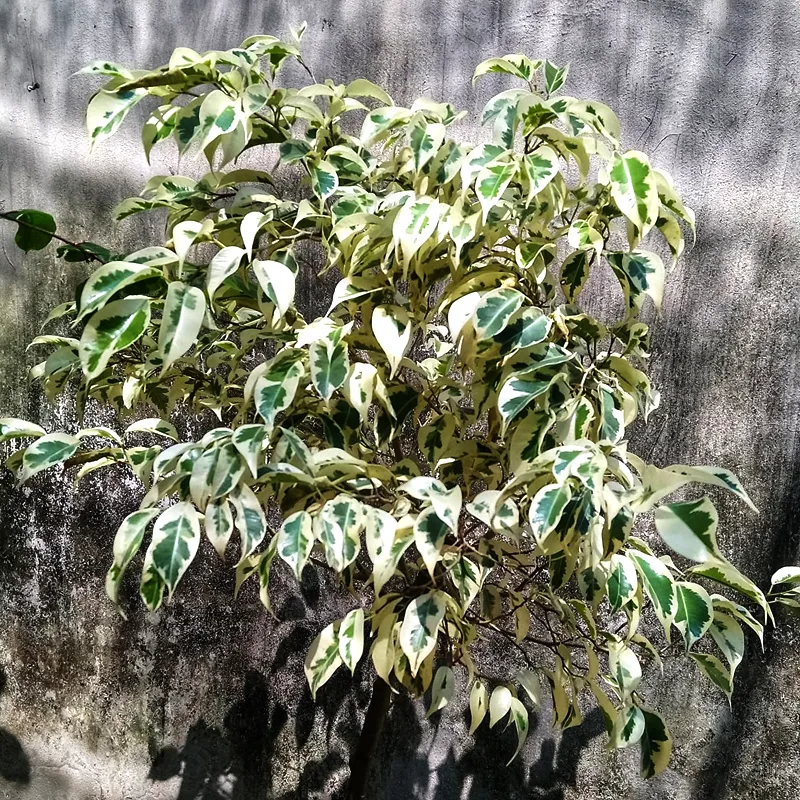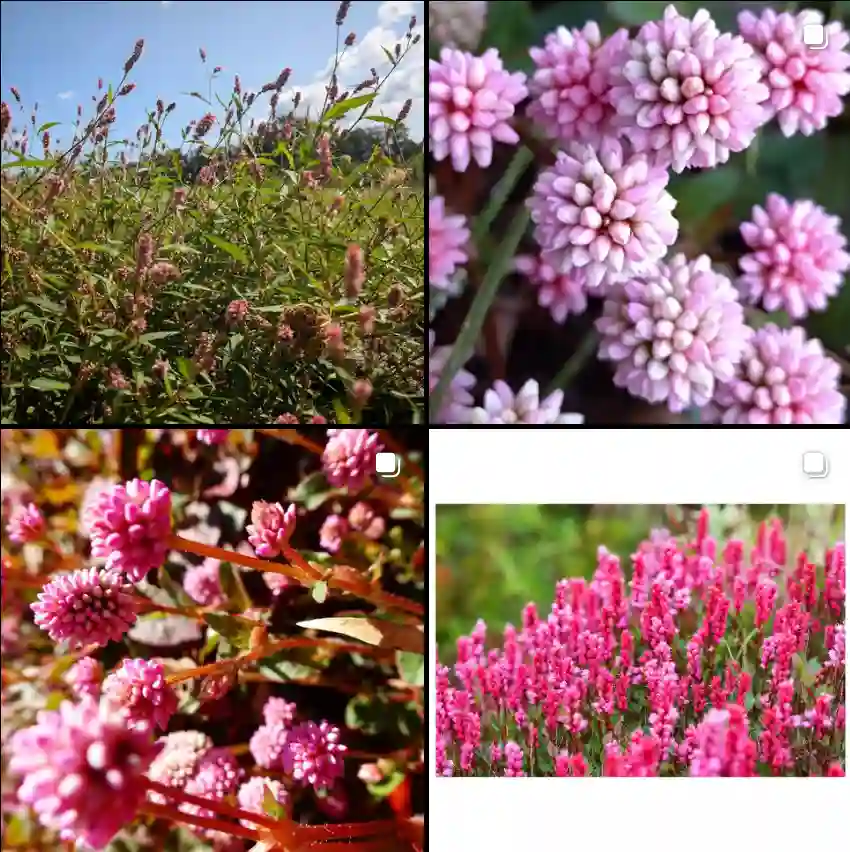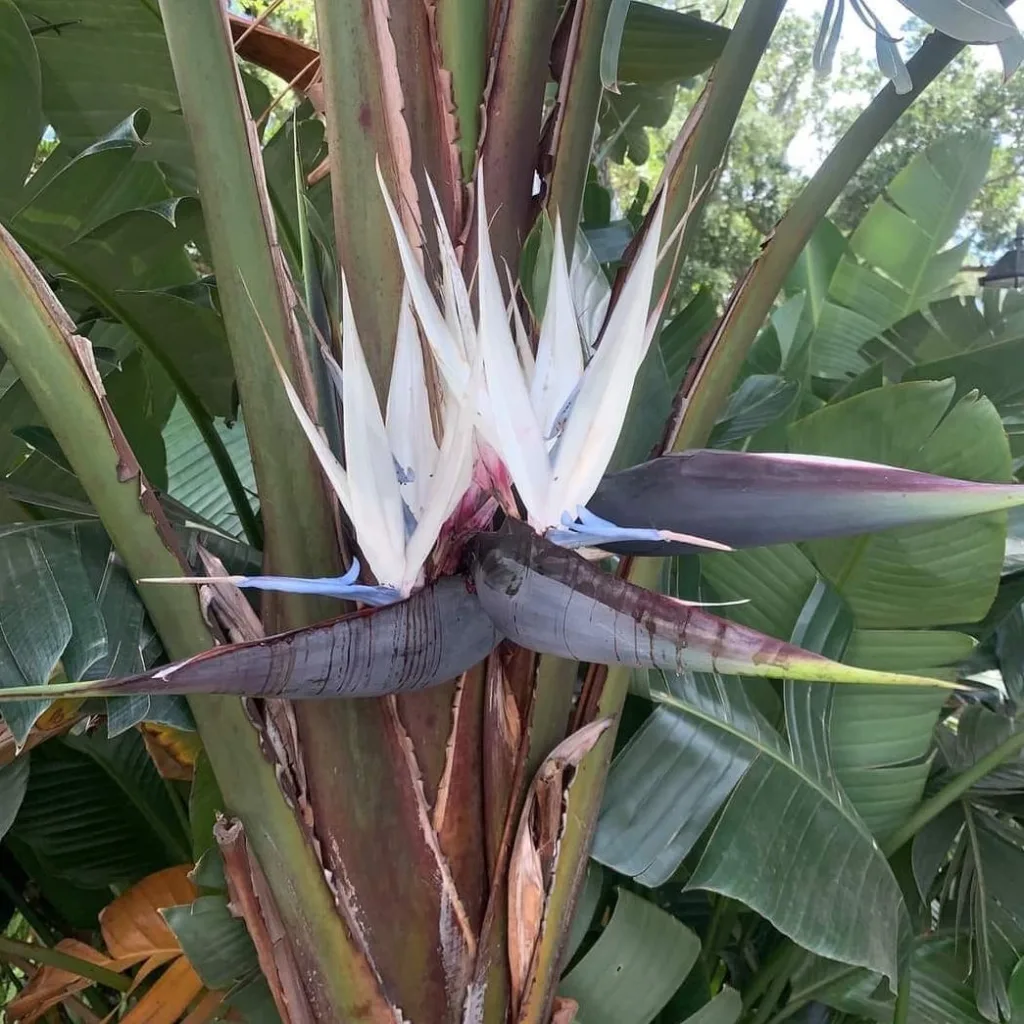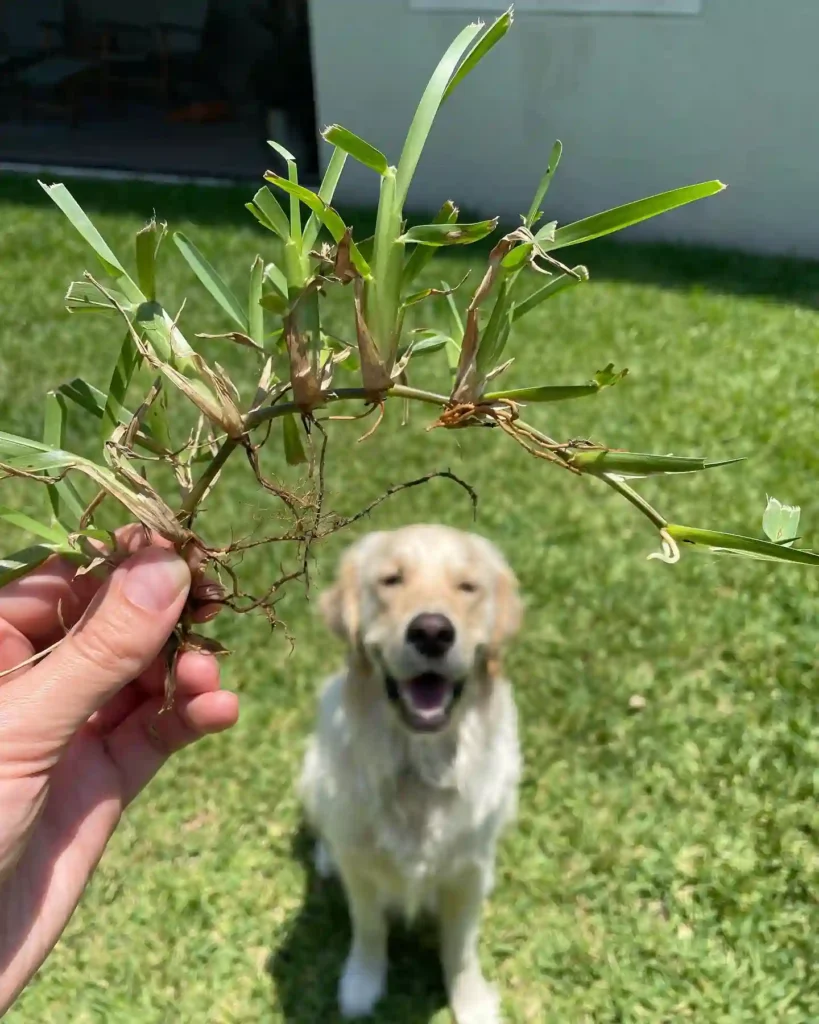A Journey into the Enigmatic Menyanthaceae: A Botanist’s Perspective
As a botanist with a penchant for the peculiar, the Menyanthaceae family has always held a special allure for me. It’s a relatively small family, yet it boasts a remarkable diversity of forms and habitats. In this article, I’ll share some of my insights into this fascinating group of plants.
The Menyanthaceae: A Brief Overview
Menyanthaceae, commonly known as the buckbean family, is a group of aquatic and semi-aquatic flowering plants. Their distribution spans the globe, from the frigid Arctic to the balmy tropics. These plants have carved out their niches in a variety of wetland ecosystems, from marshes and bogs to lakes and streams.
Distinctive Features of Menyanthaceae
What sets the Menyanthaceae apart from other plant families? Several key features define this group:
- Aquatic or semi-aquatic habit: Most members of the Menyanthaceae thrive in waterlogged environments. Some are fully submerged, while others have leaves that float on the water’s surface or emerge above it.
- Alternate leaves: The leaves of these plants are arranged alternately along the stem, rather than opposite each other.
- Showy flowers: Menyanthaceae plants produce attractive flowers that often sport white or yellow petals. These blooms attract pollinators, ensuring the continuation of the species.
- Bitter compounds: Many members of the family contain bitter substances that deter herbivores. These compounds have also been used in traditional medicine for various ailments.
A Glimpse into the Genera
The Menyanthaceae family comprises five genera, each with its unique charm:
- Menyanthes: The genus that lends its name to the family, Menyanthes, is represented by the iconic buckbean (Menyanthes trifoliata). This perennial herb is known for its trifoliate leaves and clusters of white or pinkish flowers.
- Nephrophyllidium: This genus includes a single species, the deer cabbage (Nephrophyllidium crista-galli). This plant is native to North America and Asia, where it graces boggy areas with its kidney-shaped leaves and white flowers.
- Nymphoides: This genus encompasses a variety of aquatic plants with floating leaves and yellow flowers. One notable species is the banana lily (Nymphoides aquatica), so named for its banana-shaped fruits.
- Ornduffia: This genus, named after the botanist Robert Ornduff, consists of a single species, Ornduffia reniformis. This aquatic plant is found in Australia and New Zealand.
- Villarsia: This genus comprises several species of aquatic and semi-aquatic plants with yellow flowers. Villarsia nymphaeoides, also known as the fringed water lily, is a common sight in European wetlands.
- Liparophyllum: Liparophyllum is a genus of aquatic flowering plants in the family Menyanthaceae. These plants are typically found in wetland habitats, such as marshes, swamps, and along the edges of lakes and streams. Liparophyllum species are characterized by their rhizomatous growth habit, with alternate, linear leaves that emerge from the water or substrate. Their flowers, which are typically white and five-parted, are borne singly on long stalks.
My Fascination with the Menyanthaceae
Why am I so captivated by the Menyanthaceae? For me, it’s a combination of factors:
- Ecological significance: These plants play a crucial role in wetland ecosystems, providing food and shelter for a variety of organisms.
- Evolutionary adaptations: The Menyanthaceae have evolved fascinating adaptations to thrive in aquatic environments, from specialized leaves to buoyant fruits.
- Medicinal potential: The bitter compounds found in many members of the family have a long history of use in traditional medicine, and modern research is uncovering their potential therapeutic benefits.
Conclusion
The Menyanthaceae family may be small, but it’s packed with wonders. From their unique adaptations to their ecological significance, these plants have much to offer both the scientific community and nature enthusiasts alike. As a botanist, I’m constantly amazed by the intricacies of this family, and I look forward to uncovering more of its secrets in the years to come.
If i die, water my plants!



